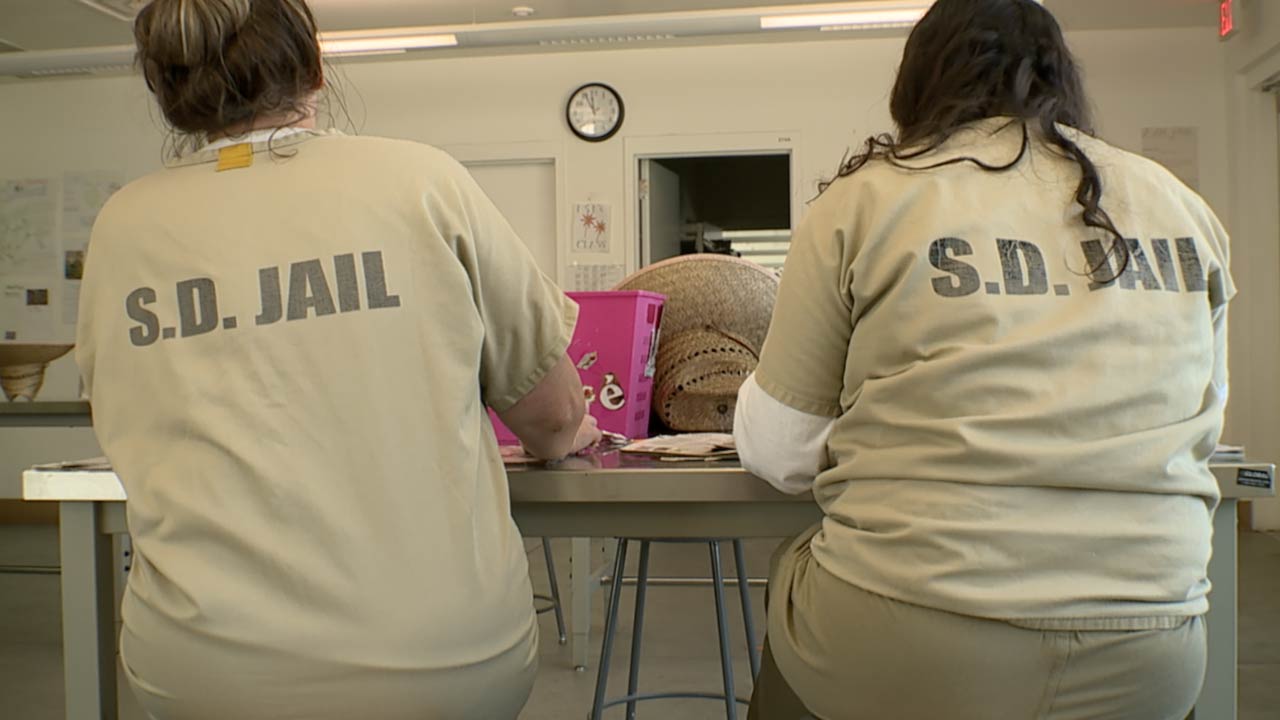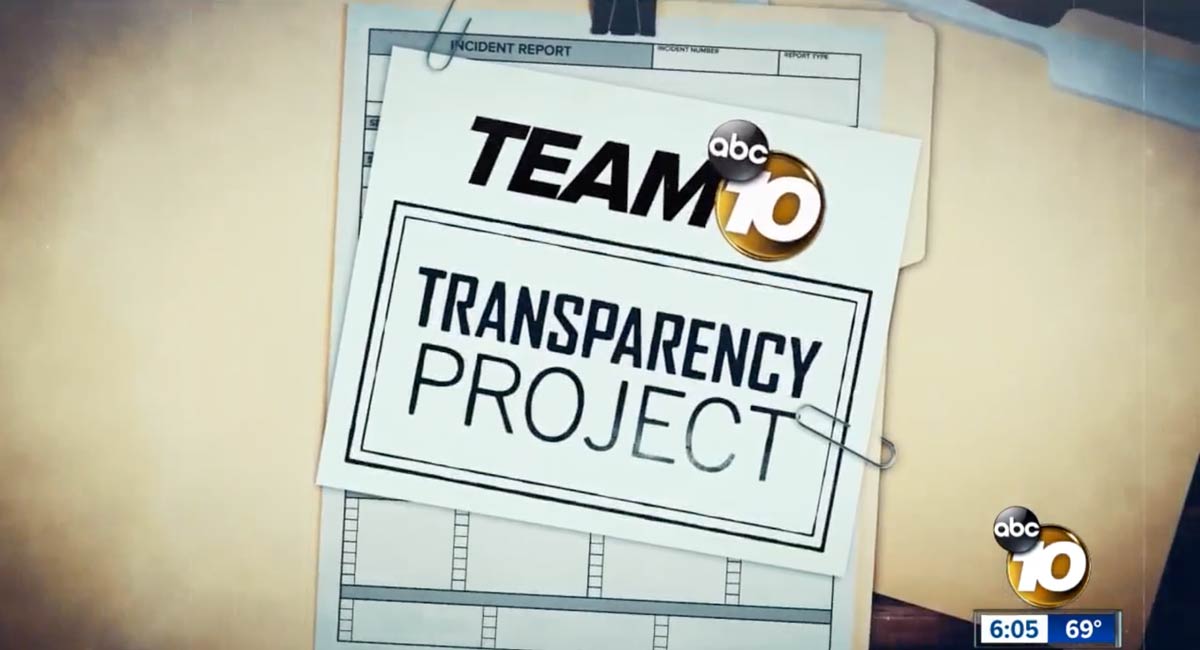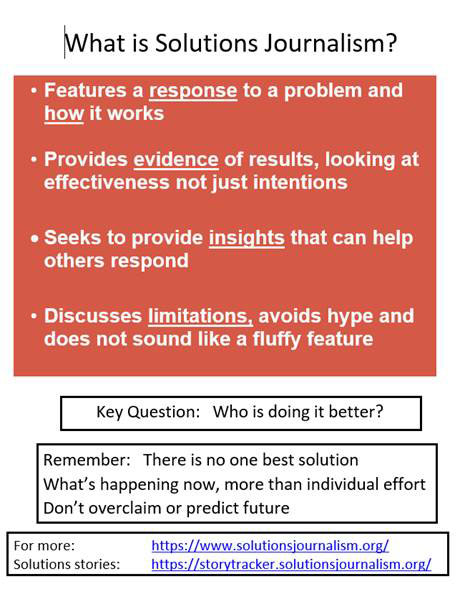KGTV (Transparency Project)

News managers at the ABC affiliate in San Diego knew they had a big story on their hands. A landmark California law had forced police departments across the state to make public their case files on misconduct and officer-involved shootings. In addition to examining what had gone wrong in the past, KGTV decided to search for what’s working in the criminal justice system and launched The Transparency Project.
One early story looked at an innovative jail design being piloted by the San Diego county sheriff’s department.
Before the project launched, the Scripps-owned station used a grant from the Solutions Journalism Network to hire a freelance investigative producer to assist. She reviewed the released files, including audio and video recordings, from San Diego County and created a searchable online database. KGTV also hosted a community meeting to hear public concerns about local law enforcement and created an online form for users to share information and story ideas.

KGTV has an ongoing franchise that also involves solutions journalism, Making it in San Diego, which began in 2018. Solutions journalism training provided in 2019 was not “a game changer” in itself, according to news director Ed Chapuis, but it did lead to a greater effort to put solutions at the forefront of “Making It” stories. And it helped concept of solutions journalism to permeate the newsroom.
“I hear ‘solutions’ in editorial meetings, in reporter story pitches,” Chapuis said. “It’s part of our lexicon.”
That didn’t happen by accident. Chapuis created a one-page bullet list of key points about solutions journalism and sent a copy to all staff, from interns to managers. He also had it laminated and posted around the newsroom.

Chapuis believes the handout is especially helpful for journalists dealing with stories about well-known local problems. “Now, when a reporter thinks, ‘I’ve done this a million times,’ there’s a way to flip the script and start with solutions,” he said.
LESSONS LEARNED
